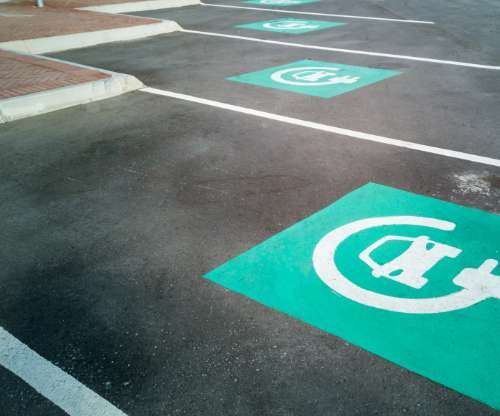What is the difference between BEVs, PHEVs and HEVs?
Drive Electric
OCTOBER 26, 2022
BEVs run entirely on a battery-powered electric drivetrain. The electricity used to drive the vehicle is stored in a large battery, which is charged by plugging the car into a power source, either at home or public charging stations. This battery then provides power to the electric motors to run the car. .











Let's personalize your content